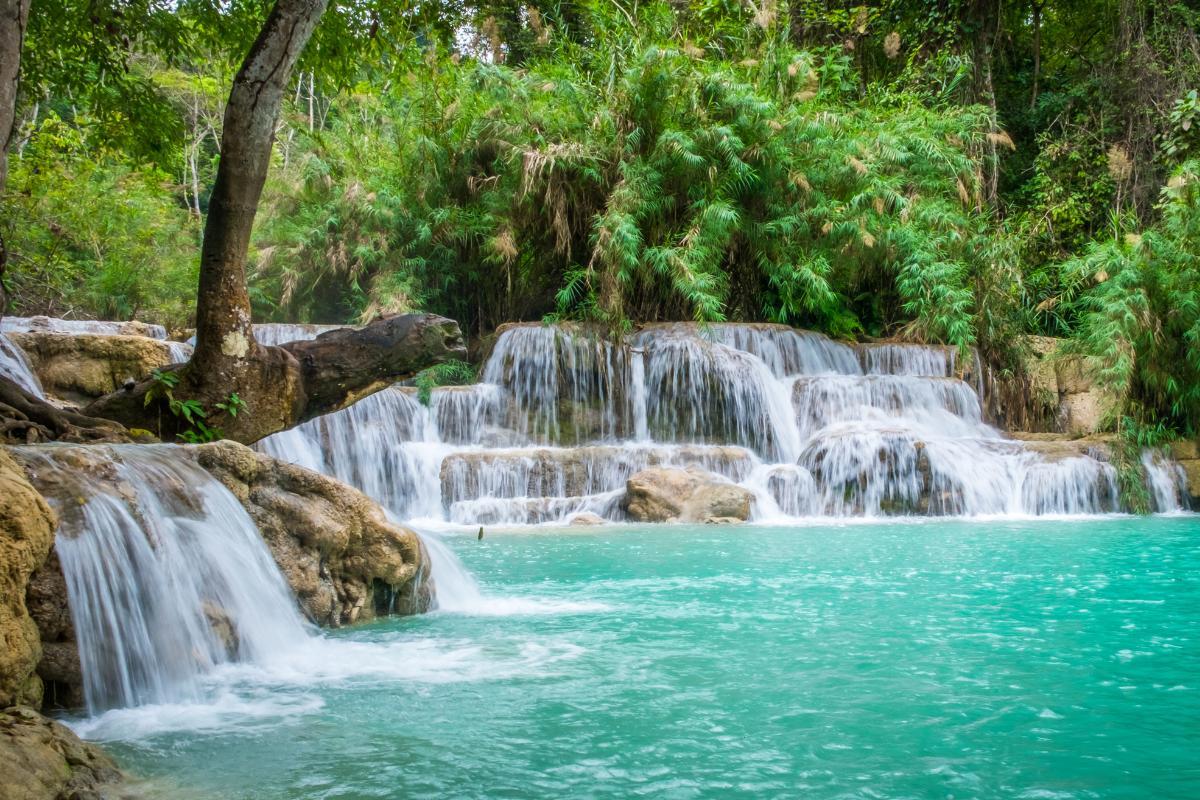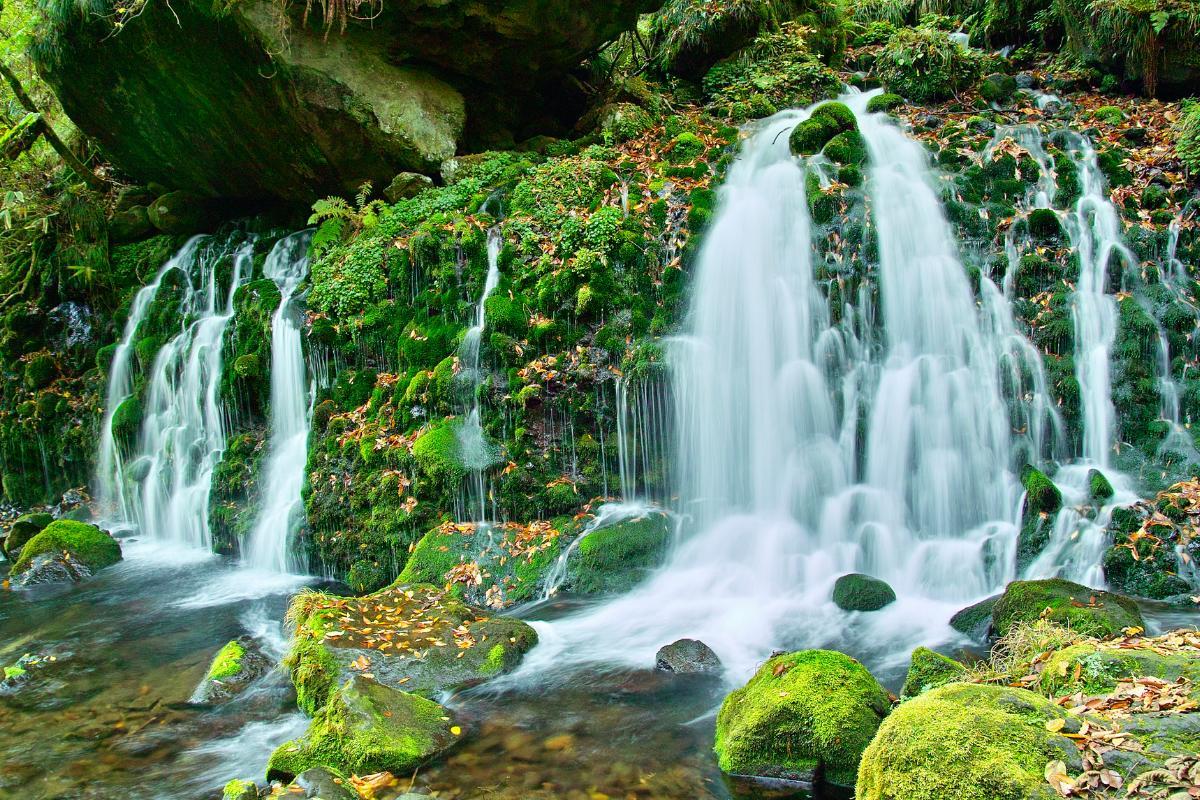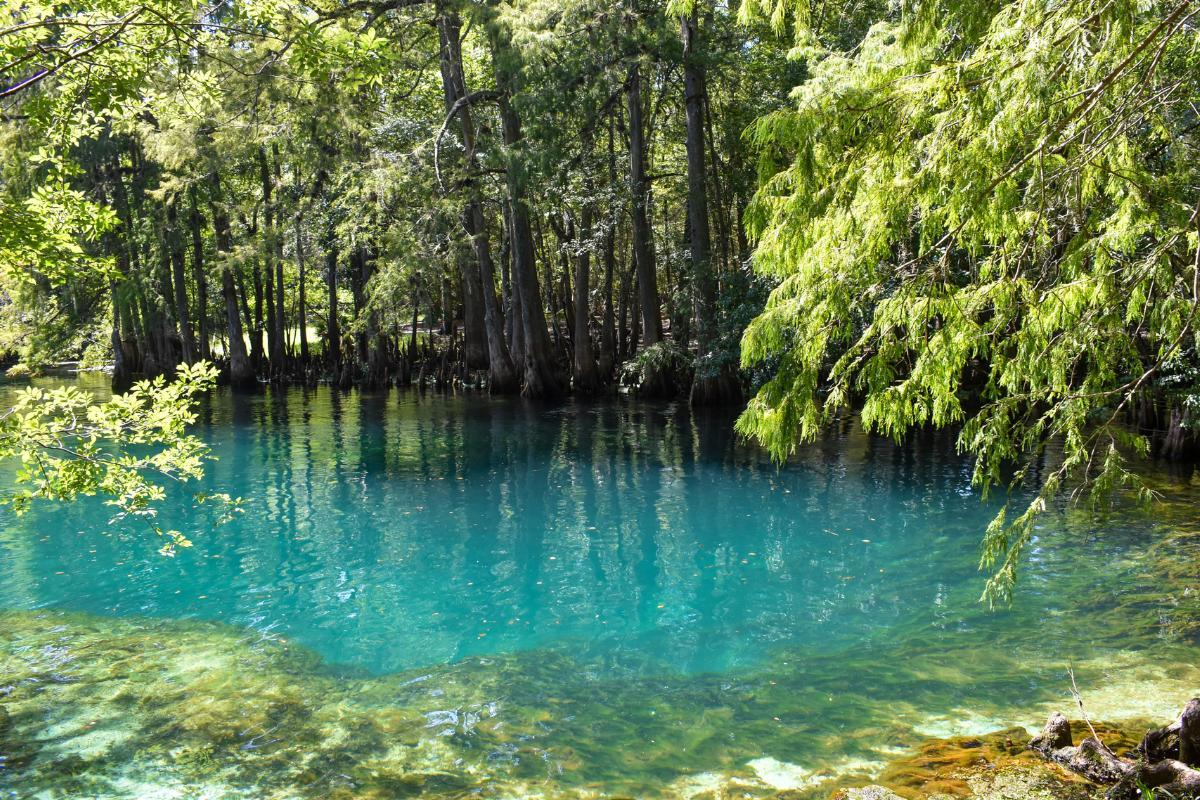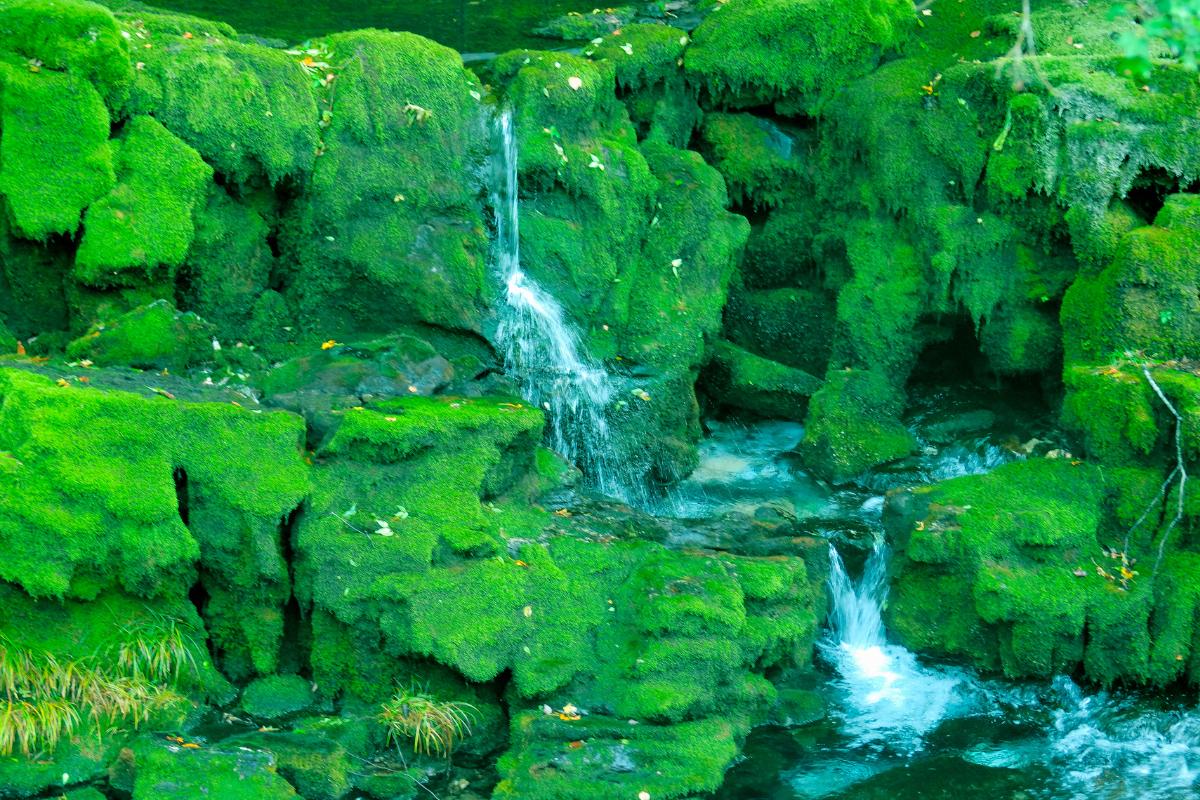What Are Water Springs?


Water springs are one of nature’s most insteresting freshwater sources, emerging naturally from the ground due to underground water pressure. But how exactly do they form, and why are they so important? From supplying drinking water to supporting ecosystems, natural springs play a crucial role in sustaining life.
In this article by thedailyECO, we’ll explore what water springs are, how they form, the different types of springs, and their environmental importance.
What are water springs?
Water springs occur when groundwater naturally emerges onto the Earth's surface. When rain or snow soaks into the ground, it travels through permeable layers until it reaches an impermeable boundary. This forces the water to move horizontally until it finds an outlet, creating a spring.
The flow of springs varies widely. Some produce a constant stream year-round, while others flow intermittently depending on rainfall and groundwater levels. Their output is influenced by terrain shape, water table height, and the surrounding soil and rock composition.
Springs can appear in various landscapes, from hillsides, to valley bottoms, and within natural depressions. Some even emerge underwater in seas or oceans, creating freshwater sources within marine environments.
The water from springs takes on different characteristics based on its underground journey. Hot springs gain heat from geothermal activity. Mineral springs pick up dissolved substances that can affect taste, smell, and color. Artesian springs flow under natural pressure, while seep springs produce barely visible trickles.
Springs have served human communities throughout history as reliable water sources. They create distinctive ecosystems too, supporting specialized plant and animal communities that depend on their consistent temperature and mineral content. These natural water sources connect underground hydrology with surface environments, playing an important role in the broader water cycle and providing insights into what lies beneath the Earth's surface.
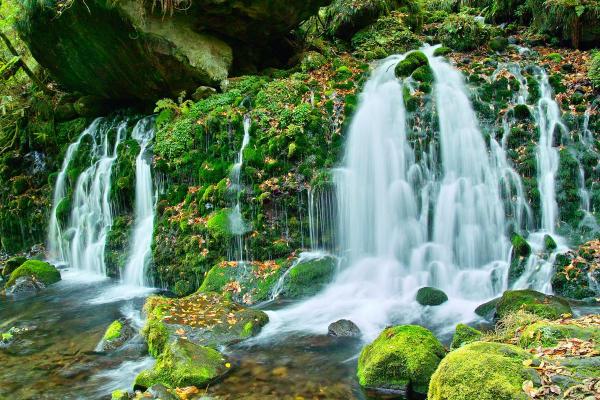
How are water springs formed?
Water springs form through a natural process that connects underground water systems with the Earth's surface.
The formation begins when rain or snow falls and soaks into the ground, a process called infiltration. This water moves downward through soil and permeable rock layers due to gravity.
As the water travels deeper, it eventually reaches an impermeable layer of rock or clay that it cannot pass through. Rather than stopping completely, the water begins to move horizontally along this barrier.
This underground water continues flowing until it finds a way to the surface. This often happens where:
- The land surface dips down to meet the water table.
- Fractures or faults in rock create pathways upward.
- The edge of an impermeable layer is exposed on a hillside.
The point where this groundwater emerges is a spring. The specific characteristics of a spring depend on the geology, topography, and climate of the area.
Springs can form through different mechanisms. In gravity springs, water simply flows out where the water table intersects with the land surface. In artesian springs, water rises to the surface under pressure when it's trapped between impermeable layers.
The water in springs often follows specific underground pathways called aquifers, permeable rock layers that can store and transmit water. The size, flow rate, and reliability of a spring depend on how extensive these aquifers are and how quickly they refill with new water.
Fascinated by springs? Expand your water knowledge with our guide to the diverse aquatic features that shape our planet's surface.
Is spring water drinkable?
Spring water is often drinkable, but not always safe without treatment. Whether spring water is safe to drink depends on several factors:
Springs in undeveloped wilderness areas, especially at higher elevations away from human activity and animal grazing, are generally safer. However, even these can contain harmful bacteria, parasites, or viruses from wildlife.
Many public springs are regularly tested and monitored by health authorities. If a spring has been officially designated as safe for drinking, it typically has signage indicating this status.
If you're unsure about a spring's safety, it's recommended to:
- Filter the water to remove particulates and some microorganisms.
- Treat with methods like boiling, UV purification, or chemical treatments.
- Have the water tested if you plan to use it regularly.
Find out what it takes to make fresh water truly safe in our comprehensive water safety article.
Importance of water springs
Firstly, springs create unique microhabitats with stable water temperatures and chemistry that support specialized plant and animal communities. Many rare and endemic species have developed specific adaptations to survive exclusively in these environments. The symbiotic relationship between aquatic plants and animals is fundamental. On one hand, plants offer shelter, spawning areas, and food, while animals contribute to seed dispersal and nutrient cycling.
Springs serve as critical water sources for wildlife, especially in arid regions where surface water is scarce. They maintain biodiversity by supporting riparian zones that act as transition areas between aquatic and terrestrial ecosystems.
Springs also contribute to the baseflow of streams and rivers, helping maintain water levels during dry periods and droughts. They play a key role in regulating the water cycle as natural discharge points for aquifers, helping maintain the flow of rivers, lakes, and lagoons, especially during drought periods.
Springs have also played a crucial role in human societies. Throughout history, springs have determined the location of human settlements by providing reliable, clean water sources. Many ancient cities and towns developed around springs.
Springs continue to serve as important freshwater sources for drinking, agriculture, livestock, and industry in many regions worldwide. In some areas, they remain the primary water supply for communities, especially in arid or semi-arid regions where rainfall is scarce.
Many cultures attribute healing properties to mineral springs, leading to the development of spas and health resorts. Springs often hold religious and spiritual significance across diverse cultures, appearing in mythology and serving as sacred sites.
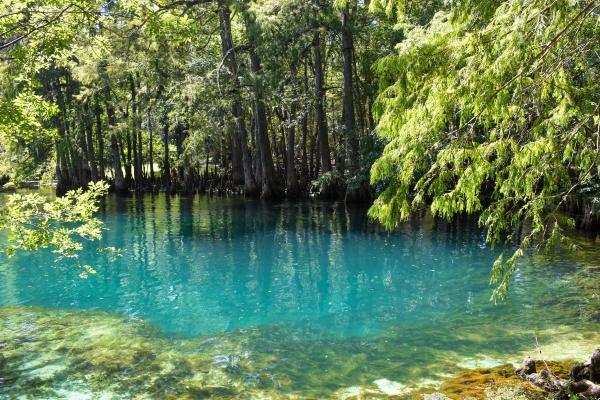
What are the problems with spring water?
Spring water sources face numerous threats that can compromise their quality, quantity, and overall ecological integrity:
- Agricultural activities: fertilizers, pesticides, and animal waste can leach into groundwater, eventually emerging at springs. Nitrogen and phosphorus from these sources can cause eutrophication and harm aquatic life.
- Industrial pollution: chemical spills, improper waste disposal, and industrial runoff introduce heavy metals, solvents, and other toxic compounds into groundwater systems.
- Urban development: stormwater runoff from roads and parking lots carries oils, heavy metals, and other pollutants. Leaking septic systems and sewer lines can introduce pathogens and nutrients into spring systems.
- Groundwater extraction: excessive pumping of aquifers for irrigation, municipal use, or industrial purposes can lower water tables and reduce spring flow, sometimes causing springs to dry up completely.
- Climate change: altered precipitation patterns, increased evaporation rates, and more frequent droughts affect groundwater recharge, potentially reducing spring output.
- Land use changes: deforestation, urbanization, and watershed alterations reduce natural infiltration of rainwater into aquifers that feed springs. Construction projects may physically destroy springs or alter their flow paths.
- Invasive species: non-native plants and animals can disrupt spring ecosystems, outcompeting native species adapted to specific spring conditions.
Water springs give life, but what happens when they become compromised? Learn about the substances that threaten our precious water resources in our related article.

If you want to read similar articles to What Are Water Springs?, we recommend you visit our Environment (other) category.
- Rodriguez GR, Martinez MC, Hernandez VD, Lucas V., JD, and Acevedo de Pedro, M. (2003). Water quality of spring sources in the basic health zone of Sigüenza. Spanish Journal of Public Health, 77, 423-432.





